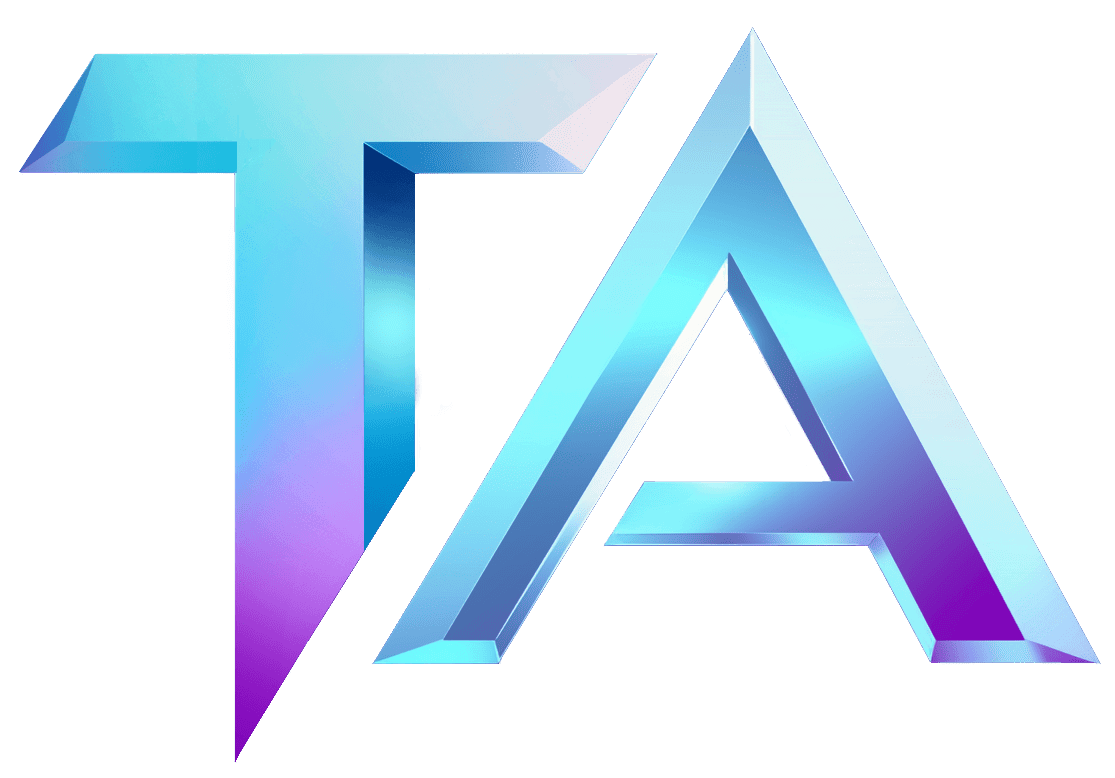Wealth Distribution in Star Atlas: Insights by Titan Analytics

Wealth Distribution in Star Atlas: Insights by Titan Analytics
In the rapidly expanding universe of Star Atlas, a blockchain-based game set in a vibrant sci-fi world, understanding wealth distribution is critical for players and investors alike. At Titan Analytics, a Solana validator and analytics platform focused on the Star Atlas realm, we’ve taken a closer look at how wealth is spread throughout the game. This article will offer insights into the nuances of wealth distribution in Star Atlas and why it matters for the community.
What is Wealth Distribution?
Wealth distribution refers to how assets and resources are shared among the players. In the context of Star Atlas, this includes in-game currencies, resources, ships, and other assets. A fair and balanced distribution can enhance gameplay, facilitate trade, and promote a healthy economy, while an uneven distribution can lead to market monopolies and inequality among players.
Key Aspects of Wealth Distribution in Star Atlas
-
Asset Types and Their Values
In Star Atlas, players can accumulate various assets, including ATLAS (the native currency), POLIS (the governance token), ships, land, and unique in-game items. The value of these assets fluctuates based on demand, rarity, and player engagement. Understanding the valuation of different asset classes helps players strategize their investments and trades.
-
Player Segments and Their Wealth Profiles
Our analysis reveals that the player base can be segmented into different categories based on the volume of assets held. These segments often include:
- New players: Typically starting with minimal assets, they play to earn and gradually build their wealth.
- Mid-tier players: With a mix of ships and resources, they actively engage in trading and exploration.
- Whales: The top players holding a significant portion of the assets. Their decisions can greatly impact the game’s economy.
-
Economic Opportunities and Challenges
With diverse wealth distribution, economic opportunities arise. Players can participate in trade, engage in missions, or invest in planetary developments. However, challenges exist as well. For instance, whales might dominate market prices, making it difficult for newer players to compete.
-
Impact of Governance Tokens (POLIS)
The governance structure of Star Atlas introduces an interesting layer to wealth distribution. Holding POLIS not only allows players to participate in decision-making but also gives them voting power on game changes that affect the economy. This creates a dynamic environment where wealth holders can influence gameplay for better or worse.
-
Interactive Insights through Titan Analytics
At Titan Analytics, we aim to provide players with the data they need to understand these trends. Our data modules offer real-time visual analytics on wealth distribution patterns, allowing players to make informed decisions and strategies based on current market conditions.
Conclusion
As Star Atlas continues to evolve, understanding wealth distribution within the game’s ecosystem is essential for all participants. Players, investors, and the community at large stand to benefit from recognizing how wealth is accumulated and distributed, which impacts overall gameplay and strategies.
For deeper insights and access to our data modules on Star Atlas, visit Titan Analytics. If you have any questions or want to get in touch with our team, don’t hesitate to reach out at contact us. Together, we can navigate the cosmos of Star Atlas with informed strategies and decision-making.




